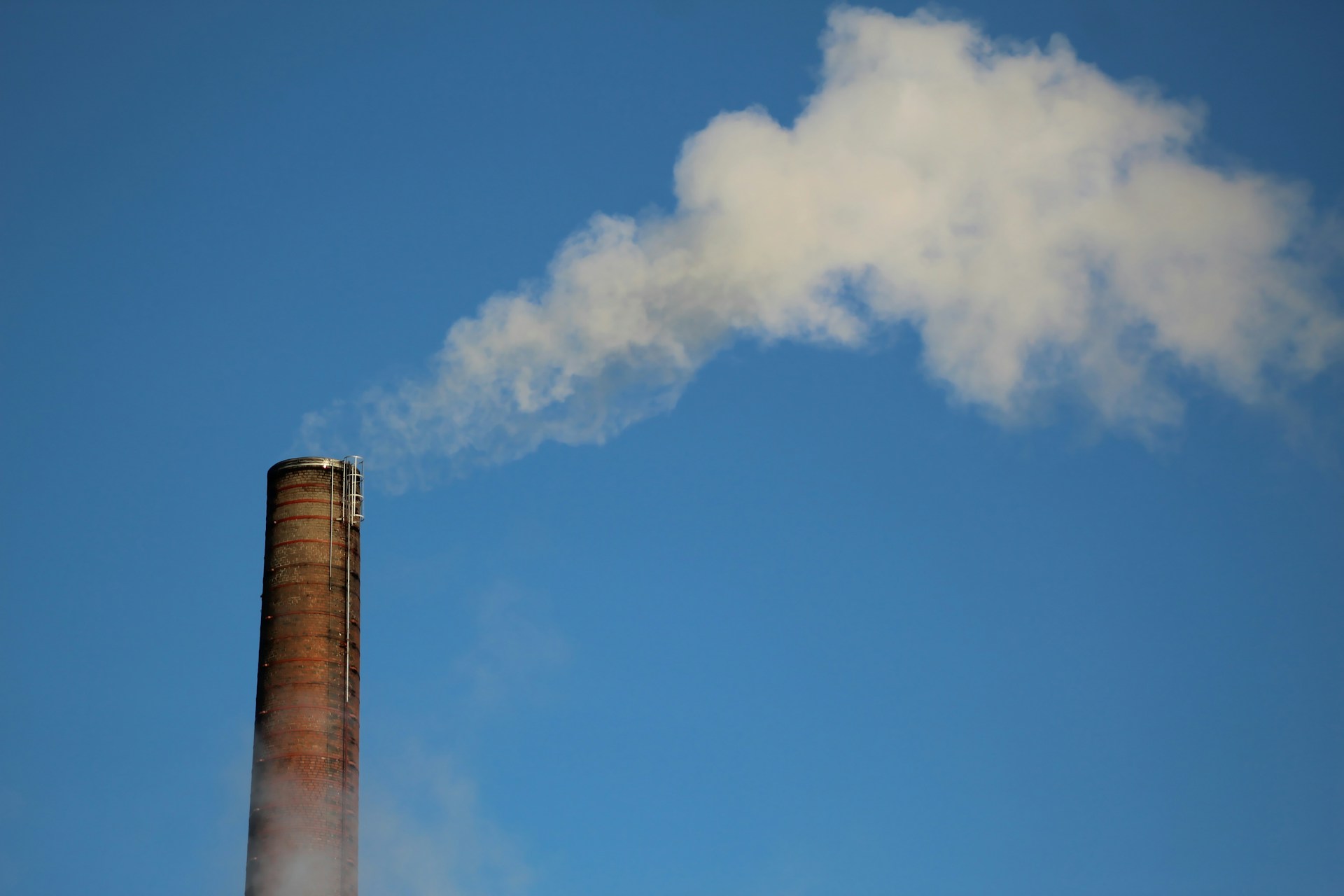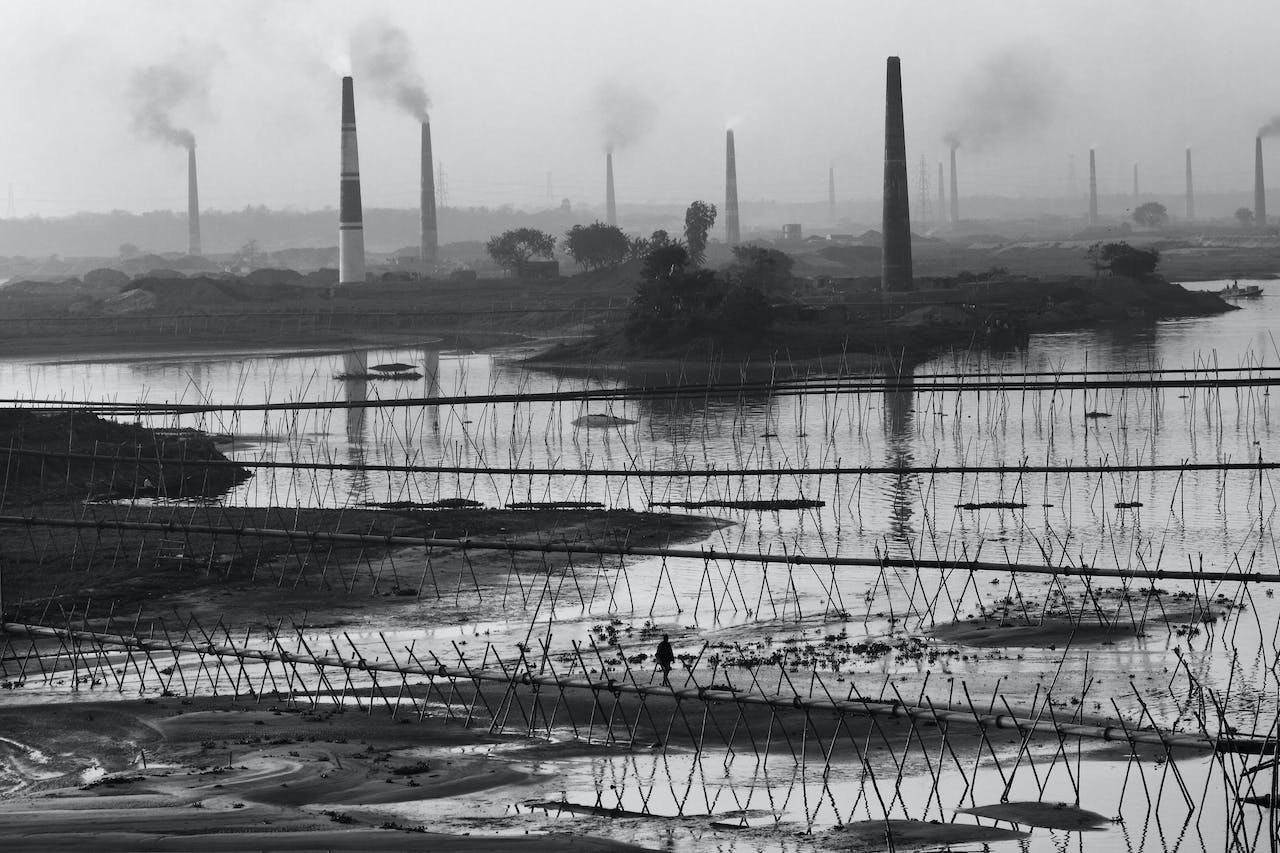Recent findings suggest that the impact of human-driven fossil fuel emissions on the climate is accelerating at an alarming rate. A new report indicates that the critical threshold of a 1.5C temperature rise could be a reality by 2029, nearly half a decade earlier than prior predictions.
Record Emissions and Atmospheric Impact
The past three years have witnessed an unprecedented surge in carbon dioxide emissions. This surge, combined with an enhanced understanding of the ramifications of burning fossil fuels on our atmosphere, paints a dire picture for the planet’s future. The global average temperature for 2023 is anticipated to hover around 1.5C above levels from the pre-industrial era, a time before the rampant exploitation of coal, oil, and gas.

The Greenhouse Effect: A Ticking Time Bomb
The continuous increase in atmospheric carbon dioxide and other greenhouse gases is a major concern for scientists. These gases trap the Earth’s radiation, intensifying the greenhouse effect and subsequently raising global temperatures. The Paris climate agreement of 2015 had global leaders commit to limiting the temperature rise to “well below” 2C, striving to cap it at 1.5C within this century. This limit holds significant importance, especially for developing countries and island nations, who face the existential threat of rising sea levels.
Redefining the Carbon “Budget”
To gauge the time left before the 1.5C threshold is breached, scientists established a carbon “budget”. The Intergovernmental Panel on Climate Change (IPCC) earlier projected that the Earth could endure another 500 billion tonnes of carbon emissions to maintain a 50% probability of staying below the 1.5C mark. With annual emissions averaging at 40 billion tonnes, the threshold seemed a decade away. However, new research suggests an even tighter deadline.
Aerosols: The Double-Edged Sword
Among the non-carbon factors influencing global warming, aerosols play a pivotal role. These sooty particles, largely produced from burning fossil fuels, have a paradoxical effect. While they significantly contribute to air pollution, they also cool the atmosphere by reflecting sunlight. Recent studies reveal that aerosols have a much greater cooling effect than previously estimated. As global initiatives to reduce pollution gain momentum, aerosol concentrations decline, inadvertently accelerating temperature rise.
A Diminishing Carbon Budget
The researchers’ revised understanding of aerosols slashes the carbon budget by 100 billion tonnes. Taking into account the additional carbon emissions over the past three years and other adjustments, the remaining budget dwindles to a mere 250 billion tonnes. Dr Robin Lamboll from Imperial College London warns, “The window to avoid 1.5C of warming is shrinking.” Current estimates suggest that to steer clear of the 1.5C mark, global carbon dioxide emissions need to reach net zero by 2034, a drastic shift from the earlier 2050 target.

The Road Ahead
With the COP28 summit on the horizon, global leaders must grapple with this newfound urgency. The challenge of keeping the 1.5C promise seems even more daunting. Prof Niklas Höhne of the New Climate Institute emphasizes the importance of every ton of carbon dioxide saved, urging for swift and decisive action.
In conclusion, the race against time intensifies. The revised timeline underscores the magnitude of the challenge and the urgency to act. The world now stands at a crossroads, with the choices made today shaping the climate legacy for generations to come.
©globalgreenhouse.org

